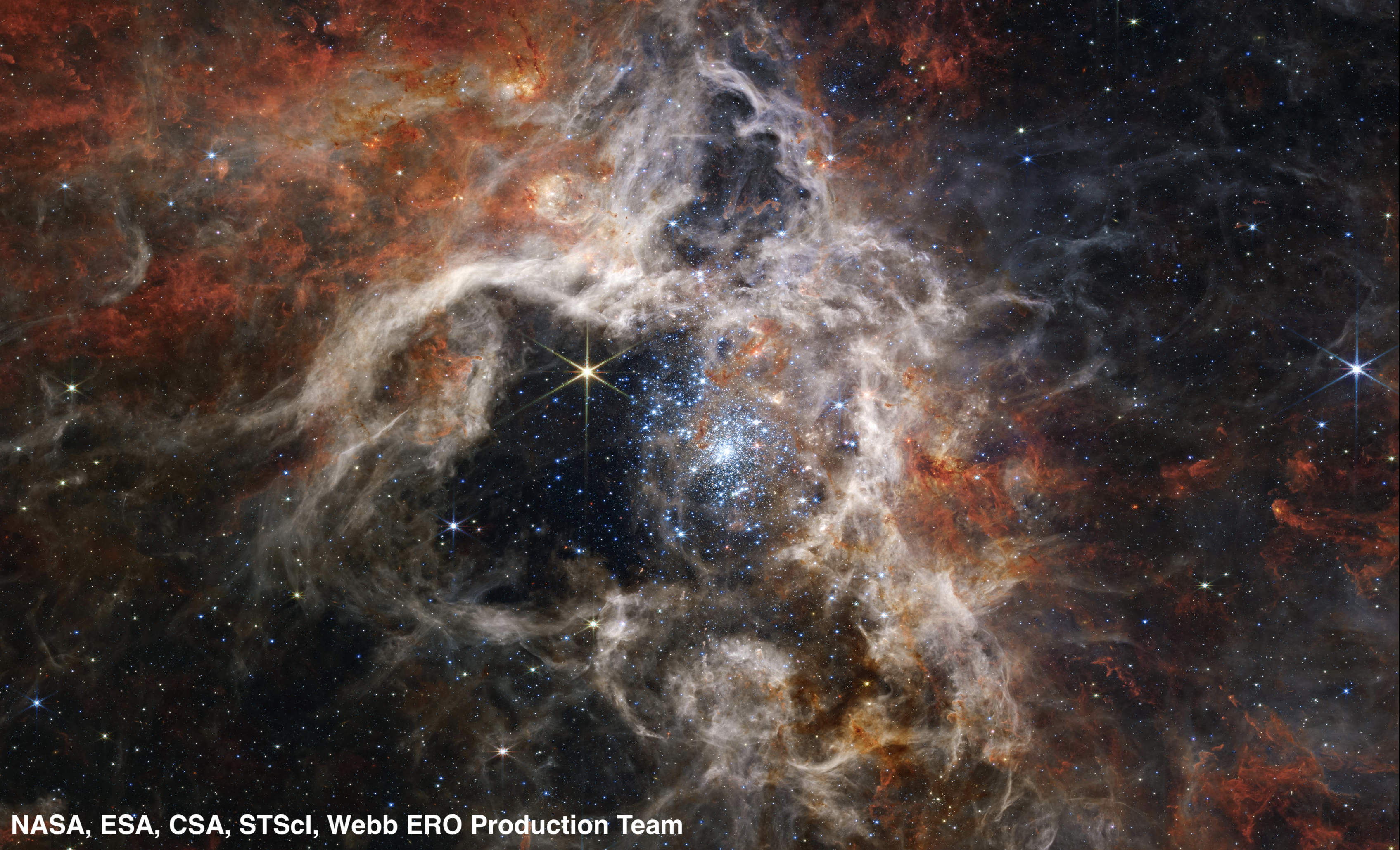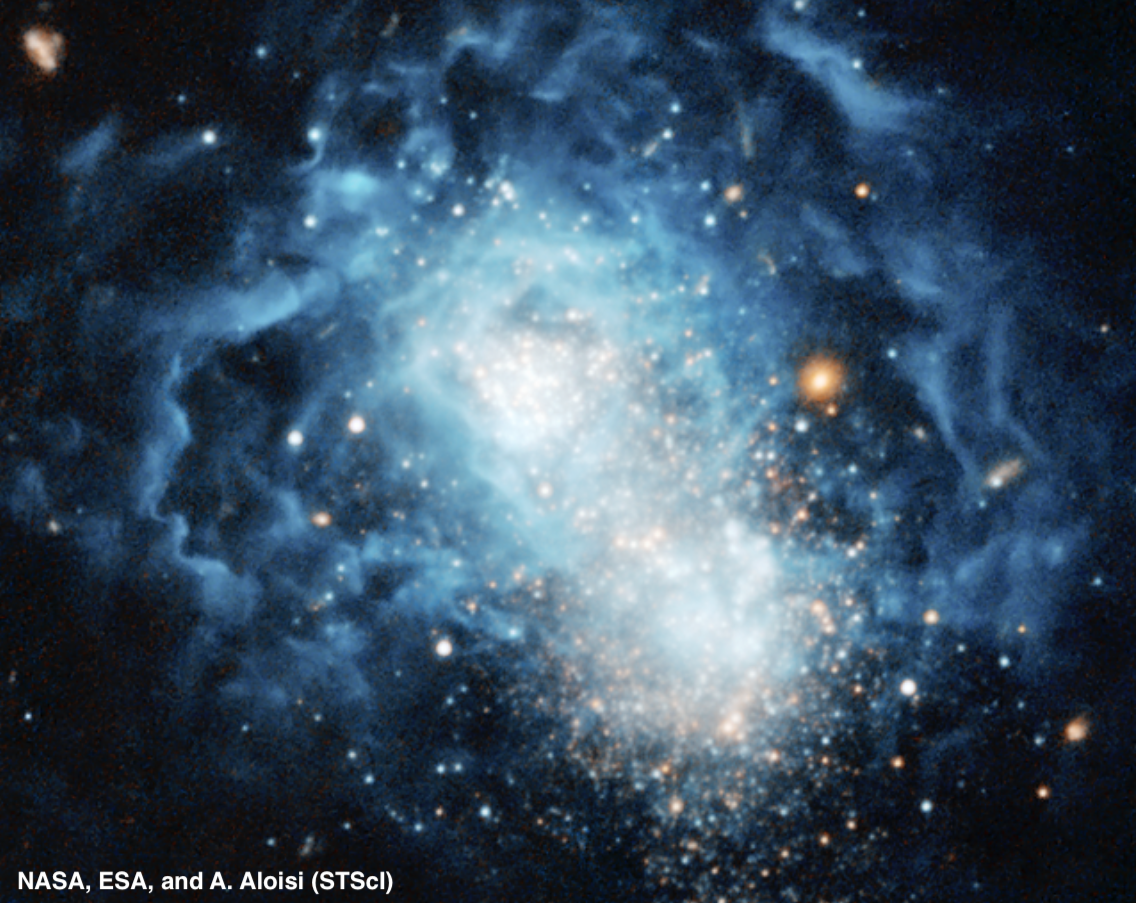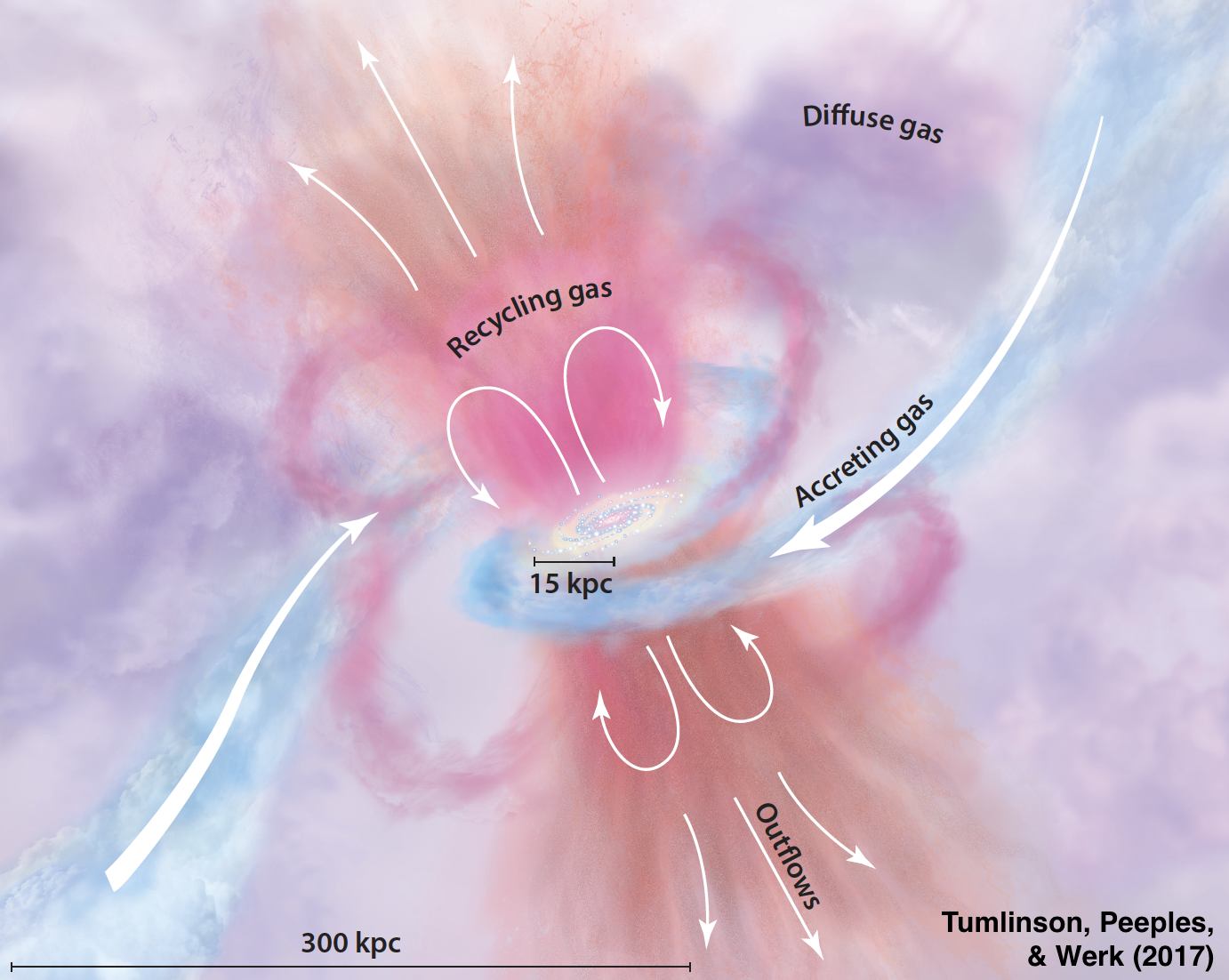
Very Metal-Poor O Stars in Nearby Low-Mass Galaxies as Analogs of the Sources of Cosmic Reionization
Hot, massive, and short-lived O-type stars in the chemically pristine first galaxies likely drove cosmic reionization and their host galaxies' evolution. Yet, theoretical models of such stars have never been confronted with data because they are very challenging to observe. My new Hubble and Keck observations of O stars in nearby, low-metallicity galaxies have already revealed very weak stellar winds, and I am now building on this work with the TEMPOS HST Large Treasury Program to produce a public FUV and optical spectral atlas to anchor models of metal-poor O stars.



